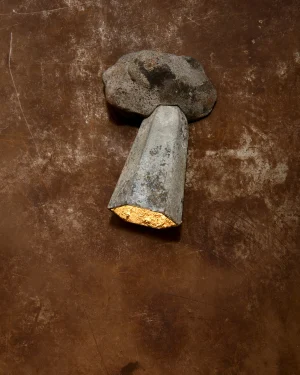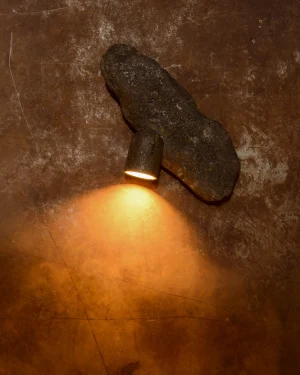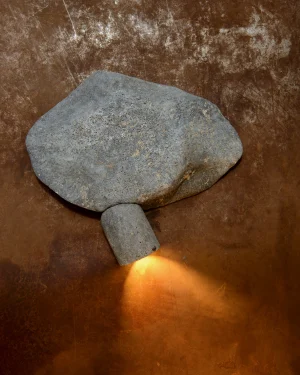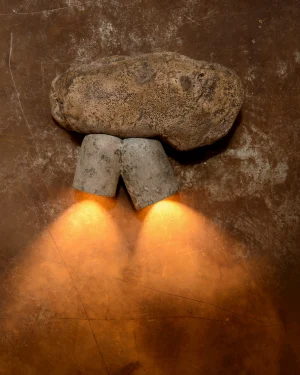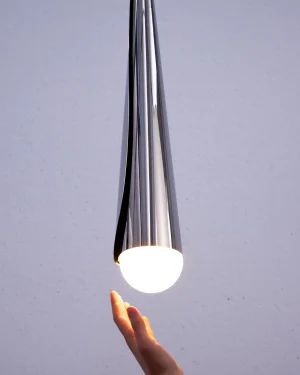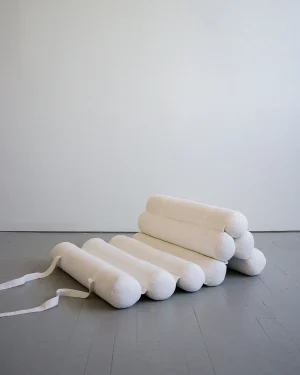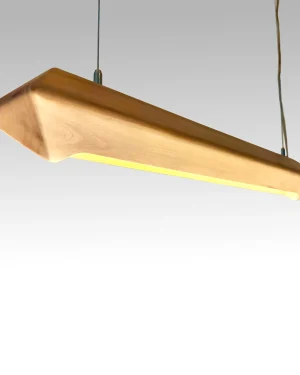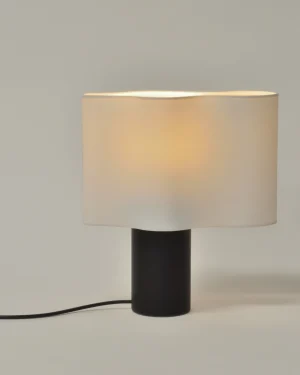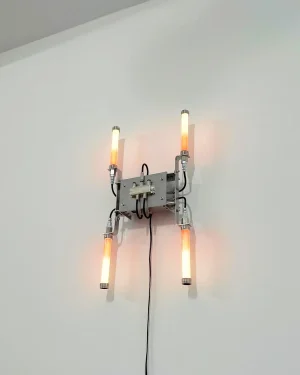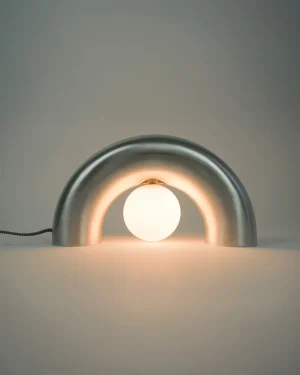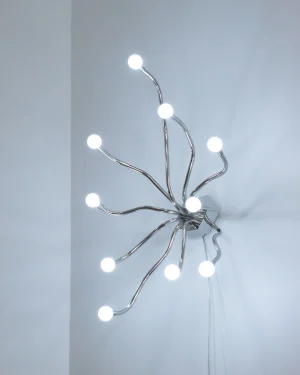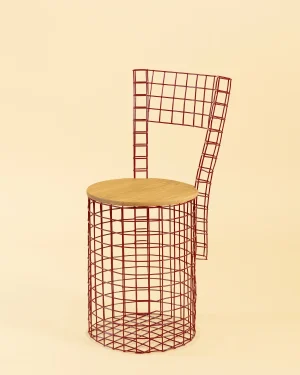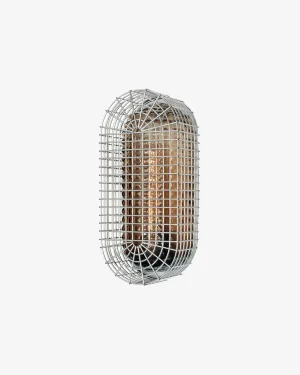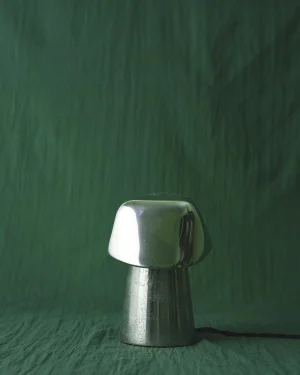-

Trn / Model F1 Ceramic Pendant Light
€1.968 incl. tax This Piece has multiple variants. The options may be chosen on the Piece page -
30% off
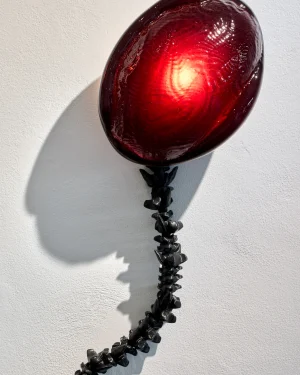
Dysplasio – Handblown Wall Light
€3.250 - €4.125€2.275 - €2.888 incl. tax This Piece has multiple variants. The options may be chosen on the Piece page -
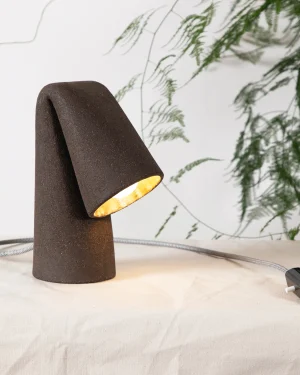
Melo Fold – Handmade Ceramic Desk Lamp
€294 incl. tax This Piece has multiple variants. The options may be chosen on the Piece page -
 In stock
In stock“Object 05” Lamp from the “Native” Collection
€935 -
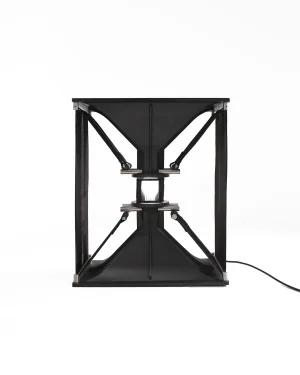 In stock
In stockHorn Series – Table Lamp
Price Upon Request -
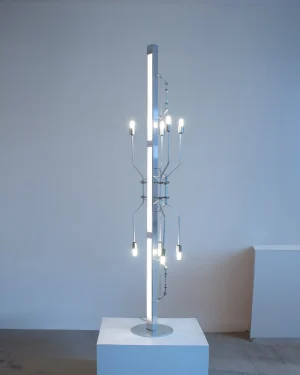 In stock
In stockKandel – Stainless Steel Floor Lamp
€4.920 -
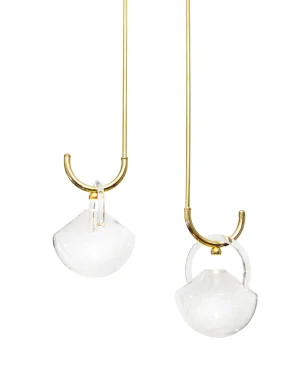 In stock
In stockVessel Of Light – Glass Ceiling Lamp
€1.320 -

“Object 09” Wall Lamp from the “Hotel” Collection
€1.420 - €1.442 incl. tax This Piece has multiple variants. The options may be chosen on the Piece page -
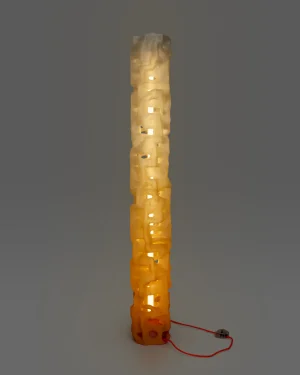 In stock
In stockAlherd – 3d Printed Floor Lamp
€2.119 - €2.375 incl. tax This Piece has multiple variants. The options may be chosen on the Piece page -
 In stock
In stockThe Quilted Lamp – 02
€1.854 -
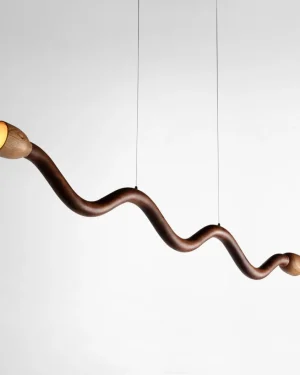 In stock
In stockSquiggle Pendant Light | Hand sculpted Walnut & Red Oak
Price Upon Request -
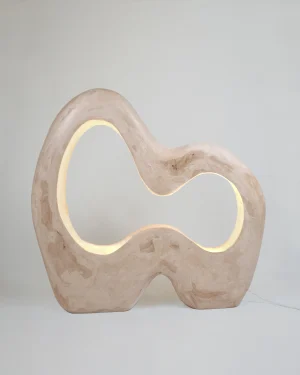
Infinite Lamp
€7.260 incl. tax -
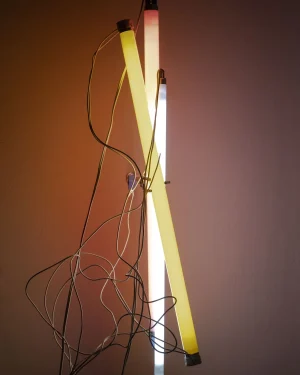 In stock
In stockExtreme Il
€280 -
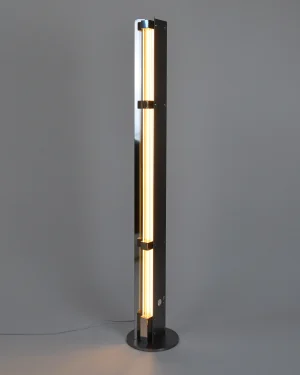 In stock
In stockNe1200/145 – Mat / Mirror Stainless Steel & Clear Acrylic Lamp
€1.490 -
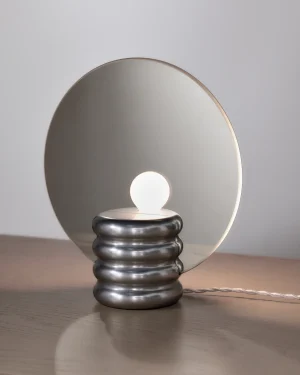
Spegla Mirror Lamp – Mirror / Lamp In Aluminium And Mirror Glass
This Piece has multiple variants. The options may be chosen on the Piece page -
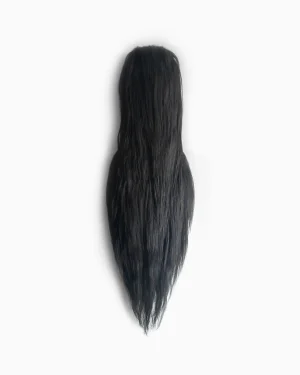 In stock
In stockScalp Sconce – Long-Haired Wall Lamp
€1.335 -
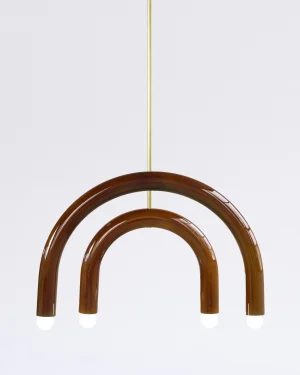
Trn / Model E3 Ceramic Pendant Light
€1.759 incl. tax This Piece has multiple variants. The options may be chosen on the Piece page -

Dragon – Copper Table Lamp
€2.750 -
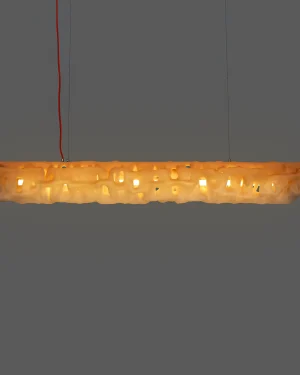 In stock
In stockAlherd – 3d Printed Pedant Lamp
€2.119 incl. tax This Piece has multiple variants. The options may be chosen on the Piece page -
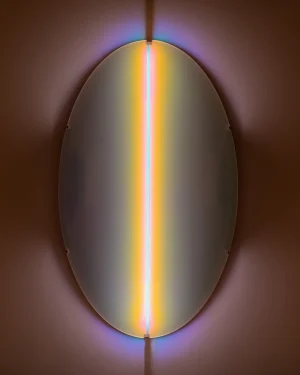
Aurora Gloss – Smart Gradient Acrylic Glass Lamp
€1.623 incl. tax -
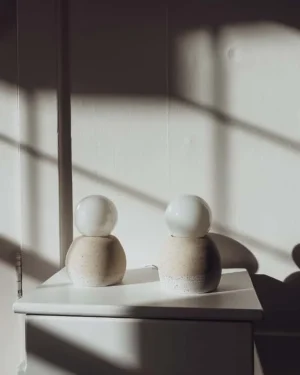 Sold
SoldBubbles – Little Lighting Pair
-
 In stock
In stockTrn / Model E2 Ceramic Pendant Light
€1.759 incl. tax This Piece has multiple variants. The options may be chosen on the Piece page -
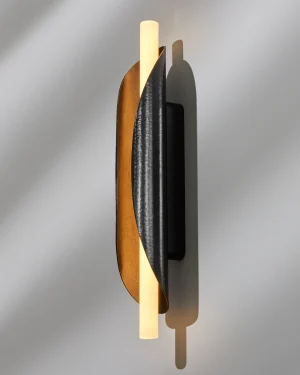 In stock
In stockTaco De Luz 50cm – Black Patinated Brass Wall Lamp
€1.612 incl. tax -

Trn / Model C4 Ceramic Pendant Light
€1.082 incl. tax This Piece has multiple variants. The options may be chosen on the Piece page -
 In stock
In stockCheese Floor Lamp
€464 incl. tax -
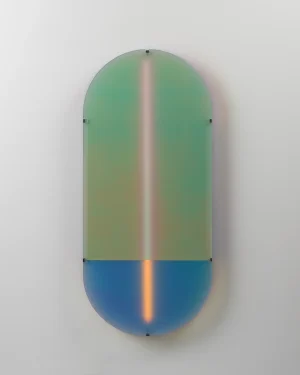
Totem – Gradient Colorful Wall Lamp
€1.604 incl. tax -
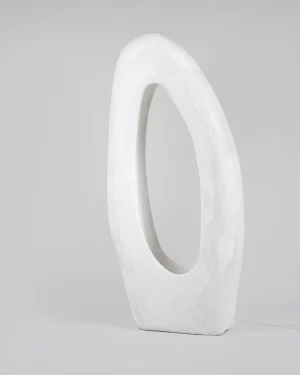
Lacuna Lamp
€5.445 - €10.285 incl. tax This Piece has multiple variants. The options may be chosen on the Piece page -
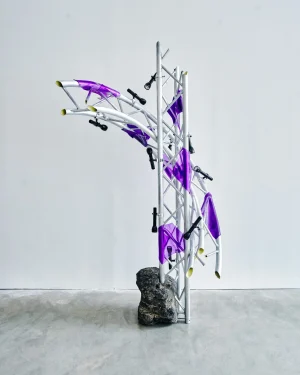 In stock
In stockDistruss Floor Lamp
€9.500 -
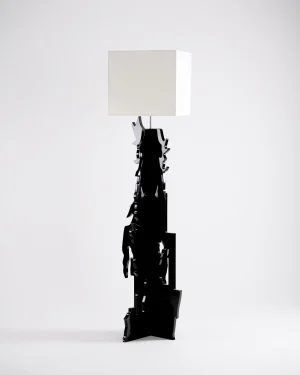 In stock
In stockThe Beast – Sculptural Floor Lamp
€1.755 incl. tax -
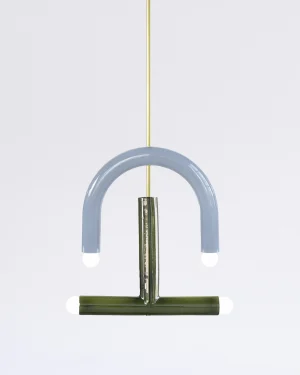
Trn / Model C3 Ceramic Pendant Light
€1.082 incl. tax This Piece has multiple variants. The options may be chosen on the Piece page -
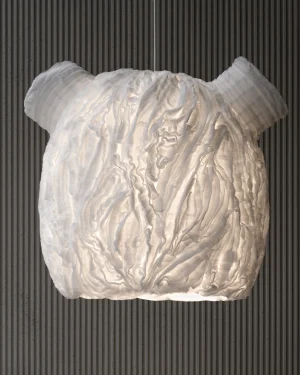
Dream Sluhach – Pendant Lamp
€2.360 incl. tax
